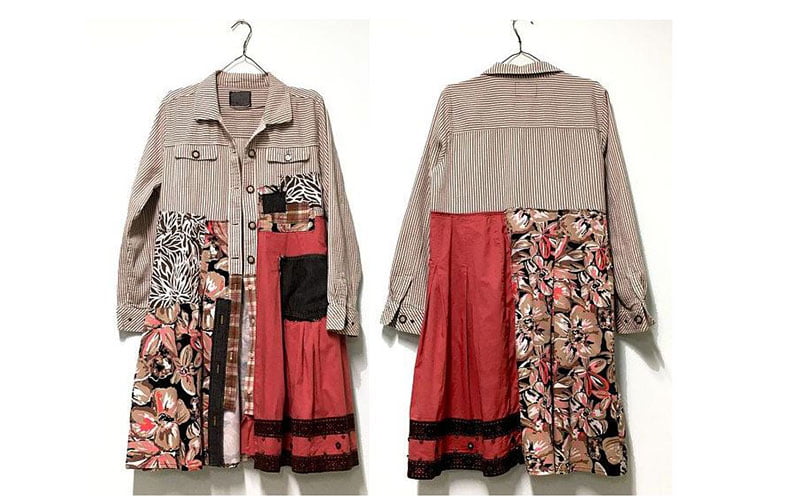
Welcome to the world of upcycling clothes, where creativity meets sustainability. In this comprehensive guide, here we will talk about the art of upcycling, exploring its benefits, techniques, and inspiring examples. Whether you’re a fashion enthusiast looking to make a statement or an eco-conscious individual aiming to reduce waste, upcycling clothes offers a fantastic opportunity to breathe new life into your wardrobe. From simple alterations to intricate transformations, upcycling empowers you to showcase your unique style while contributing to a more sustainable future.
Upcycling clothes is a revolutionary approach to fashion that redefines our relationship with clothing. Instead of discarding old garments, upcycling involves repurposing them into new and exciting pieces. This practice not only adds value to discarded items but also reduces the demand for new clothing production, minimizing environmental impact.
By engaging in upcycling, we actively combat the negative consequences of the fast fashion industry. Here are a few reasons why upcycling clothes matters:
To embark on your upcycling journey, it’s essential to understand the basics. Here are a few fundamental concepts to get you started:
Now that you have a solid understanding of the fundamentals, it’s time to explore different upcycling techniques. Let your creativity flow as you reimagine and repurpose your clothing items. Here are some popular techniques to consider:
Upcycling clothes through alterations is an excellent way to refresh your wardrobe. By modifying existing pieces, you can achieve a custom fit and add unique details. Consider these alteration ideas:
Patchwork is a timeless upcycling technique that combines different fabric scraps to create stunning, one-of-a-kind garments. Embrace the charm of patchwork by:
Elevate your upcycled creations with eye-catching embellishments. From beads and sequins to embroidery and appliques, embellishments offer endless possibilities. Try these ideas:
Dyeing is a fantastic technique to completely transform the look of a garment. Experiment with different colors and dyeing methods to create unique pieces. Consider these dyeing options:
Don’t forget about accessories when exploring upcycling possibilities. Small changes to accessories can have a significant impact on your overall look. Try these accessory upcycling ideas:
A: Recycling clothes involves breaking down garments into fibers to create new textiles, whereas upcycling focuses on repurposing existing garments into new, unique pieces. Upcycling adds value and preserves the original form of the clothing item.
A: Yes, upcycling clothes can be a cost-effective alternative to buying new clothing items. By utilizing materials you already have or repurposing thrifted garments, you can create fashionable pieces without breaking the bank.
A: Absolutely! Upcycling clothes can range from simple alterations that require minimal sewing skills to more complex transformations. Start with small projects and gradually build your skills as you gain confidence.
A: The internet is a treasure trove of inspiration for upcycling projects. Follow upcycling blogs, browse social media platforms, and explore fashion magazines to discover innovative ideas and trends.
A: Yes, upcycling clothes is an environmentally friendly practice. By repurposing garments, you reduce waste, conserve resources, and minimize the carbon footprint associated with the production of new clothing.
A: Certainly! Upcycling is an excellent way to salvage garments that are damaged or worn out. Incorporate the damaged areas into your design or transform the garment into something entirely new.
Embrace the world of upcycling clothes and unlock your creativity while making a positive impact on the environment. By repurposing old garments, you can breathe new life into your wardrobe, create unique fashion statements, and contribute to a more sustainable future. Whether you choose alterations, patchwork, embellishments, or dyeing, the possibilities are endless. Start your upcycling journey today and be part of the fashion revolution.
Recommended other topics: Waste Management Careers-Opportunities and Growth










© InfoDoot. All Rights Reserved.